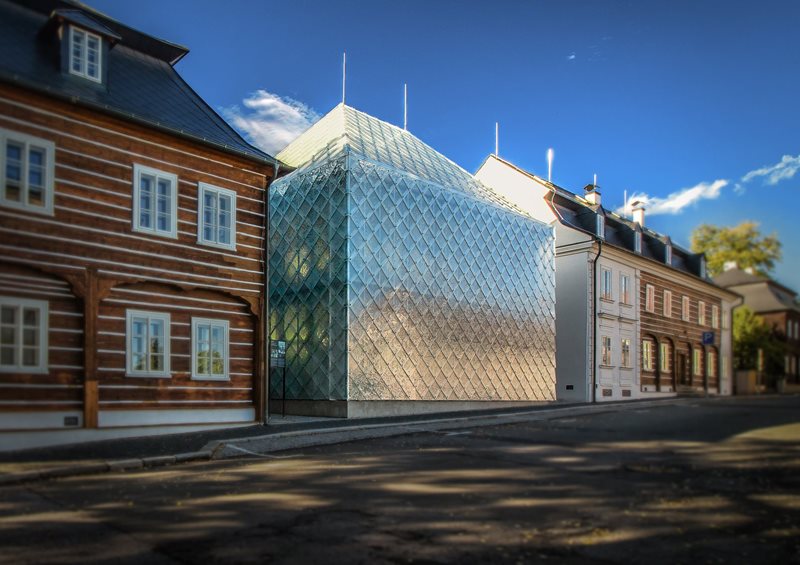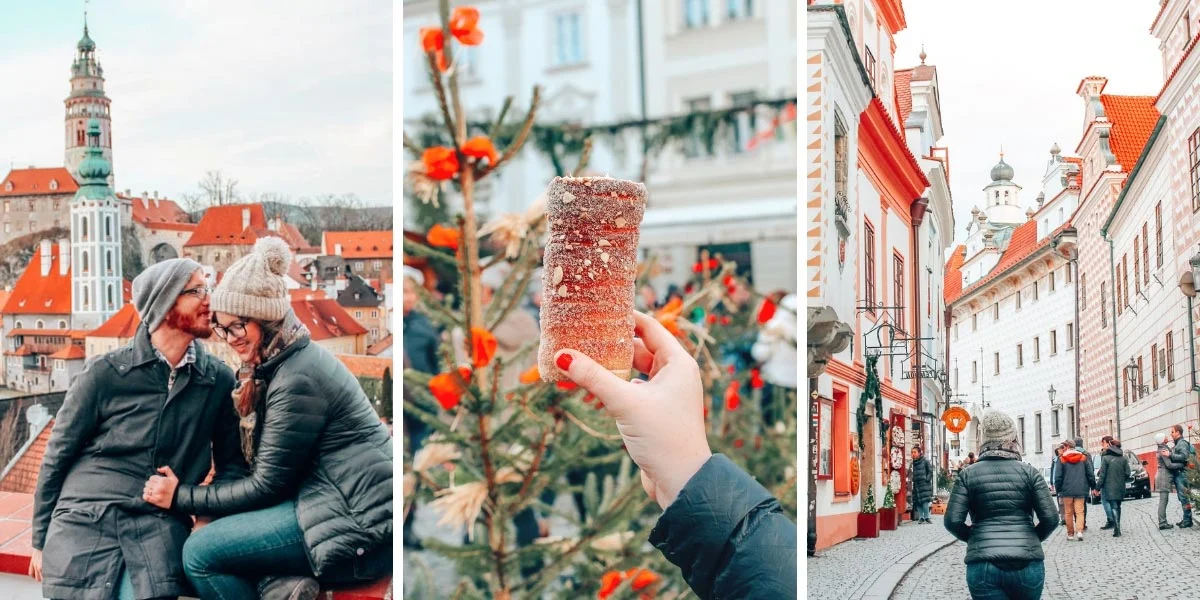Journey through time: the captivating evolution of Czech architecture
Czech architecture is a mesmerizing tapestry woven from the threads of tradition, history, and modern innovation. From its towering Gothic cathedrals to its innovative contemporary structures, the architectural landscape of the Czech Republic tells a captivating story that spans centuries. This blog post embarks on a compelling journey through time, unraveling the evolution of Czech architecture, and offering insights into its past glories and futuristic aspirations. Whether you're passionate about historical edifices or curious about cutting-edge design, this journey promises to engage and inspire.


Historical Foundation: The Roots of Czech Architectural Grandeur
The story of Czech architecture begins in the heart of Europe, where Romanesque buildings laid the foundation for what would become an illustrious lineage of architectural evolution. The early Middle Ages were marked by fortified castles and rotundas, characterized by their heavy stone walls and curved structures. As the centuries unfolded, Gothic architecture emerged, transforming cities with its majestic cathedrals.Gothic Masterpieces: Towers and Triumphs
The Gothic period in Czech architecture is best encapsulated by the iconic St. Vitus Cathedral in Prague. Every chiseled stone and every gargoyle bears witness to the meticulous craftsmanship that dominated the architectural scene between the 13th to 15th centuries. With soaring spires and elaborate stained glass, Gothic architecture brought about a sense of divine grandeur. Key Points:- Gothic style emphasized verticality and light, a revolutionary departure from the heavy solidity of Romanesque structures.
- Prague became a hub for Gothic architecture, showcasing cathedrals and bridges that continue to draw awe from visitors.
Baroque Opulence: A Dramatic Flourish
The 17th and 18th centuries introduced the Baroque era, marked by extravagant palaces and churches. This visually arresting style communicated spirituality, drama, and power. The Church of St. Nicholas in Lesser Town Prague is a sterling example of baroque brilliance, with its sweeping facades and ornate frescoes. FAQs about Baroque Architecture:- What prompted the Baroque movement? The Baroque era was fueled by the Catholic Church's response to the Protestant Reformation, emphasizing grandiosity to communicate power.
- Why is Baroque so distinct in Czech design? Its embodiment of drama and embellishment resonated with the cultural and religious spirit of the period.
Art Nouveau Nuances: Blending Beauty and Functionality
The turn of the 20th century saw a shift towards Art Nouveau. A movement that infused structures with floral and organic motifs. In Prague, the Municipal House stands as an embodiment of Art Nouveau artistry, merging opulence with functional design. Key Elements:- Curvilinear forms and elaborate ornamentation characterized Art Nouveau.
- Structures like the Municipal House reflect both artistic and civic pride.
Cubism and Functionalism: Forward-Thinking Innovations
Cubism, a distinctive innovation in Czech architecture, materialized as architects broke conventional norms, crafting angular and abstract designs. This period gave rise to the House of the Black Madonna, blending Cubist art with architectural form. Functionalism soon followed, ushering in sleek and minimal designs, epitomized by Villa Tugendhat's open plan and seamless lines. Frequently Asked Questions:- What makes Czech Cubism unique? It uniquely translates an artistic movement into architectural dynamics, bringing new geometry to building facades.
- How did Functionalism redefine space? By prioritizing simplicity and utility, it revolutionized domestic and public architecture.
Modern and Contemporary: Pioneering Today’s Icons
In today's era, Czech architecture embraces modernism, sustainability, and cutting-edge design. The Dancing House, built in the 1990s, encapsulates dynamic movement, while the National Technical Library exemplifies eco-friendly construction. Essential Strategies for Today's Architects:- Incorporate sustainable materials and energy-efficient designs.
- Blend heritage with innovation, ensuring a dialogue between past and present.
Conclusion: A Living Legacy of Architectural Innovation
The evolution of Czech architecture is a vibrant testament to its rich cultural heritage and innovative spirit. It continues to reflect the nation's storied past while anticipating future advancements. As new generations of architects build upon the foundations laid by their predecessors. They push the boundaries while honoring timeless traditions. For those intrigued by the intersection of history, art, and design. The architecture of the Czech Republic offers an unparalleled voyage through time. Czech architecture, with its remarkable ability to transform and adapt, promises to captivate and inspire for generations to come. By appreciating this intricate evolution, one gains an enriched understanding of a nation's identity, vision, and timeless allure.Rate the article















